.webp)


Effortlessly obtain the branding logo or favicon for any website with a single API request.
Reliably extracts the correct branding image from website metadata, ensuring you get the right logo every time.
Returns valuable information, including the image’s file type (e.g., PNG, SVG) and size details for better asset management.
Provides direct, embeddable image links for immediate use in apps, websites, or documentation.

Enrich company listings and profiles with their verified logos.
Automatically display company logos in contact databases for enhanced user interface and recognition.
Personalize user experiences by visually representing linked websites and services with their logos.